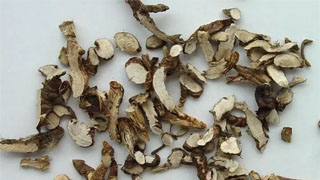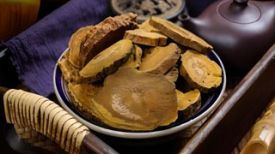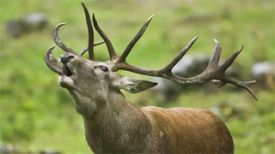
1. Alias
Qi root, ground bone, wolfberry root, wolfberry root bark, red durian root bark.
2. Plant morphology
Deciduous shrubs. The plant is over 1 meter tall, with slender branches that are often bent or drooping, and has thorns on its body. Leaves alternate or cluster on short branches, with ovate, ovate rhombic or ovate lanceolate leaves, entire margin, petiole 3-10 mm long. Flowers often cluster 1-4 in leaf axils, sepals bell shaped, usually 3-lobed or 4-5 toothed, corolla funnel-shaped, light purple, 5-deeply lobed, lobes ovate, margin hairy, stamens 5, filaments base densely hairy. Berry, ovate or oblong in shape, red in color, with flattened kidney shaped seeds measuring 2.5-3 millimeters in length and yellow in color. The flowering period is from June to September, and the fruiting period is from August to November.
3. Origin distribution
Born in fields and on roadsides, cultivated. Distributed in various provinces and regions across the country.
4. Harvesting and processing
Dig the roots in early spring or after autumn, wash them thoroughly, peel off the root bark, and dry them in the sun.
5. Characteristics of medicinal herbs
It is cylindrical or groove shaped. The outer surface is grayish yellow to brownish yellow, rough, and prone to flaking in the form of scales. The inner surface is yellow white to grayish yellow with fine longitudinal lines. Lightweight and brittle in texture. The air is faint, the taste is slightly sweet and then bitter.
6. Sexual Taste Returning to the Classics
Cold in nature, sweet in taste. Return to the lung meridian, liver meridian, and kidney meridian.
7. Effect and Function
Cooling blood, removing steam, clearing lungs, and reducing internal heat. A heat clearing and blood cooling medicine classified under the category of Qingre medicine.
8. Clinical application
Take 9-15 grams and decoct in water. Used to treat Yin deficiency, damp heat, bone steaming, night sweats, lung heat, cough, hemoptysis, bleeding, internal heat, and quench thirst.
9. Pharmacological research
Has antipyretic, hypotensive, hypoglycemic, and lipid-lowering effects; Has antimicrobial properties; It has a significant excitatory effect on the isolated uterus of non pregnant rats, as well as a leukocyte boosting effect, but has no significant effect on the weight of immune organs and atmospheric hypoxia tolerance. It has good effect on low fever and hot flashes caused by tuberculosis and chronic inflammation, and can improve thirst.
10. Chemical composition
Containing cinnamic acid, a large amount of phenolic substances, betaine, bitter amine, wolfberry cyclic octapeptide, wolfberry amide, scopolamine and other ingredients.
11. Usage taboos
People with spleen and stomach deficiency and cold should take it with caution.
12. Compatibility prescription
① To treat toothache caused by wind worms: Boil and rinse the ground bone skin with vinegar, and the worms will come out immediately. You can also boil it in water and drink it. (Behind the Elbow)
② To treat deafness, there is more than just pus: 15g of ground bone skin and 0.3g of galls. Add two flavors and mash until finely ground. Apply a small amount and let it seep into your ears. (St. Francis of Assisi)
③ Treatment of Echymal Ulcer: Remove the rough skin from the ground bone, scrape the powder with a bamboo knife, dry it into fine powder, and apply it. (Pope Francis)
④ Treating corns: Grind the ground bone skin and red flowers together. Apply it to the painful area of the corns, or if it becomes pus, apply it. The scab will heal the next day. (From "A Brief Introduction to Benevolent Techniques": Jinlian Steady Cream)
⑤ Treating scald and fire injuries: Divide the earth bone skin and Liu Jinu equally. At the end. Apply dry water on top, and apply sesame oil without water. (Heart Doctor Collection)
⊙ The content of the article is for clinical reference only. Non TCM professionals are not allowed to test drugs.


